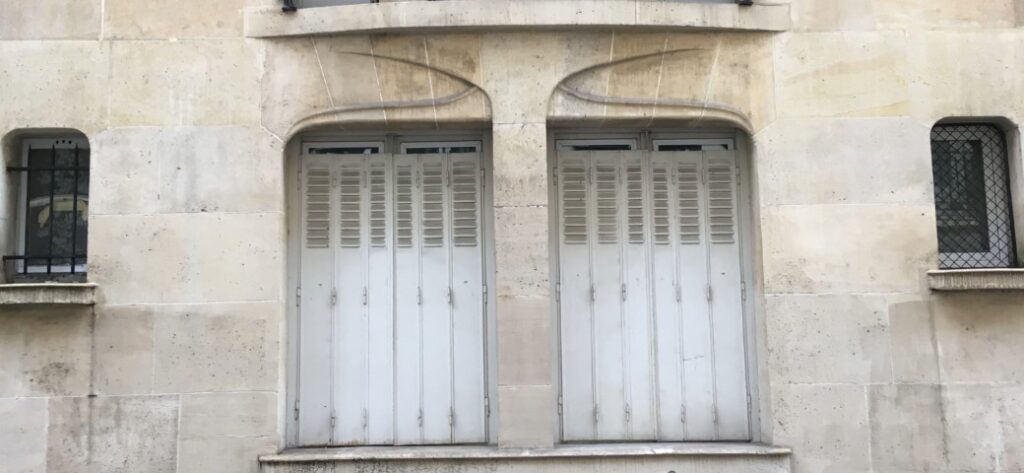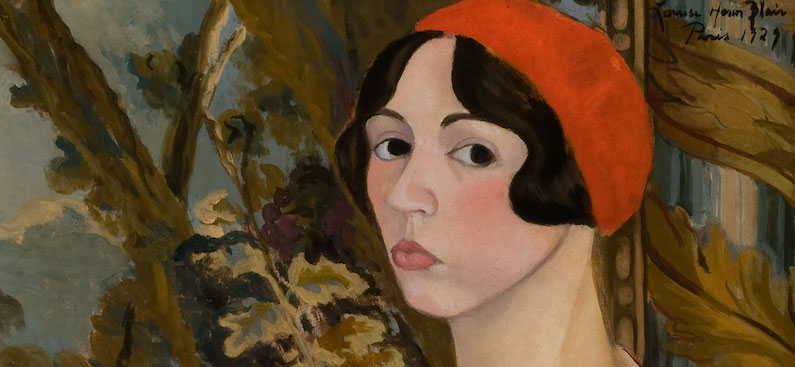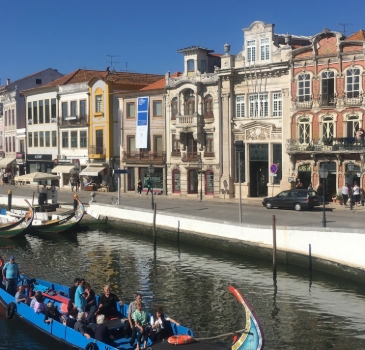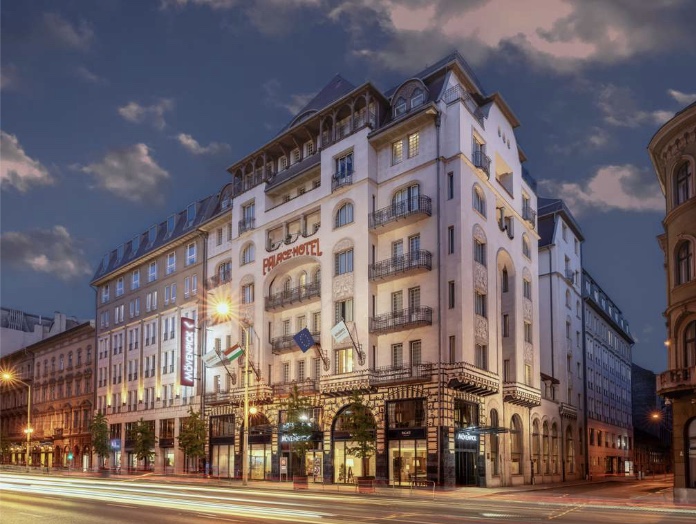Art Nouveau was a late 19th- and early 20th-century art movement that emphasized flowing curves, organic forms, and attention to detail. It is characterized by its use of floral motifs, stained glass, and metalwork. Art Nouveau architecture can be found in many cities around the world, including Barcelona, Brussels, Vienna, Glasgow, and Riga.
If you\’re interested in spotting Art Nouveau, there are a few key features to look for. In architecture, Art Nouveau buildings often feature curved facades, sinuous lines, and flowing ornamentation. Look for organic forms such as flowers, leaves, and vines, as well as intricate metalwork and stained glass.
Here are some key features of Art Nouveau that you can look for:
- Curves: Art Nouveau is characterized by its use of curves, both in its architecture and in its decorative arts. Look for furniture with sinuous lines, buildings with undulating facades, and artwork with flowing curves
- Organic forms: Art Nouveau artists often drew inspiration from nature, and their work often features organic forms such as flowers, leaves, and vines. Look for artwork with stylized flowers, curving stems, and flowing leaves
- Attention to detail: Art Nouveau artists took great care in their work, and their pieces are often highly detailed. Look for intricate carvings, delicate metalwork, and fine stained glass
- Symbolism: Art Nouveau artists often used symbolism in their work, and their pieces may contain hidden meanings. Look for artwork with animals, birds, or other symbols that may have a deeper significance
- The artist\’s signature style: Each Art Nouveau artist had their own unique style, so look for the artist\’s signature marks in their work. For example, Alphonse Mucha often used elongated figures and flowing hair in his work, while Hector Guimard used stylized flowers and vines in his architecture
In addition to these key features, there are a few other things to look for when spotting Art Nouveau:
- The use of color: Art Nouveau artists often used bright, saturated colors in their work. Look for artwork with bold blues, greens, and pinks.
- The use of metalwork: Art Nouveau artists often used metalwork in their work, such as wrought iron and bronze. Look for furniture with metalwork details, or for artwork with metalwork frames.
- The use of stained glass: Art Nouveau artists often used stained glass in their work, often with floral or geometric patterns. Look for windows with stained glass panels, or for artwork with stained glass frames.
If you see these features in a building, object, or piece of artwork, it\’s likely that you\’re looking at Art Nouveau. So keep your eyes peeled and your knowledge sharp, and you\’ll be able to spot Art Nouveau wherever you go!
Here are some additional tips for spotting Art Nouveau. Look for buildings and objects that:
- Were built or created between the late 19th and early 20th centuries.
- Feature curves, organic forms, and attention to detail.
- Use bright, saturated colors and metalwork.
- Have stained glass panels or frames.
If you are still unsure of what Art Nouveau is, and you are too lazy to find it by researching, you can always book a private tour in one of the Art Nouveau cities listed on www.artnouveau.club. These cities include:
- Brussels: Brussels is the birthplace of Art Nouveau, and it is home to many important Art Nouveau buildings, such as the Hôtel Tassel and the Maison Horta.
- Vienna: Vienna is another important center of Art Nouveau, and it is home to many beautiful Art Nouveau buildings, such as the Secession Building and the Wiener Werkstätte.
- Riga: Riga is a veritable Art Nouveau metropolis, and it is the European city with the most Art Nouveau architectural work.
A private tour with a knowledgeable guide can help you to identify Art Nouveau landmarks, learn about their history and significance, and appreciate their beauty.
Art Deco, on the other hand, was a more geometric and stylized art movement that emerged in the 1920s. It is characterized by its use of geometric shapes, bold colors, and streamlined lines. Art Deco architecture can be found in many cities around the world, including Paris, New York, and Chicago.
By understanding the differences between Art Nouveau and Art Deco (click HERE), you can better appreciate the unique characteristics of each art movement. So click here to learn more!







